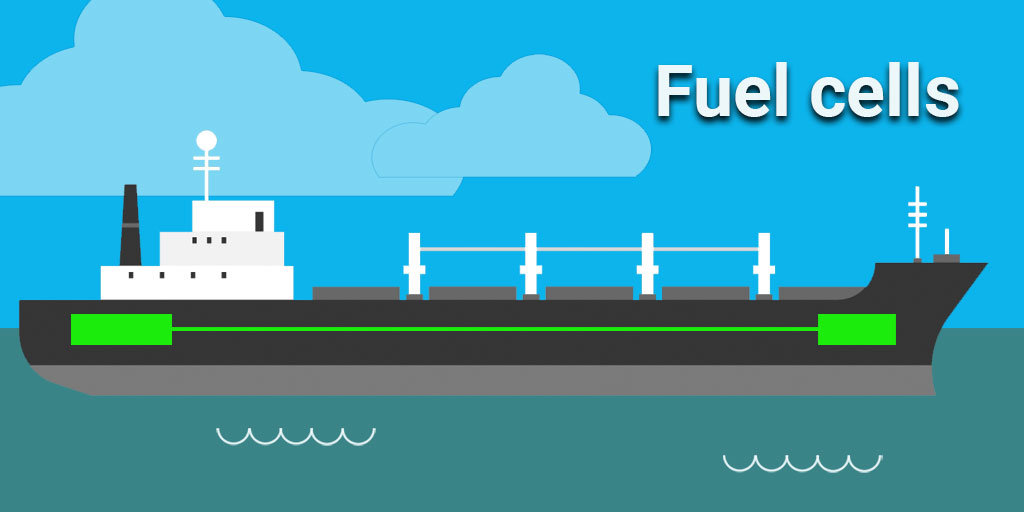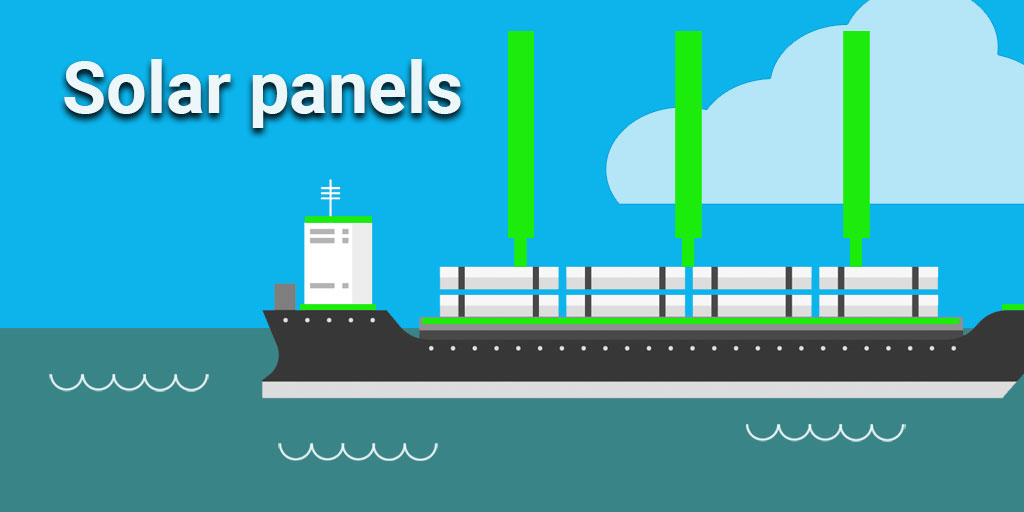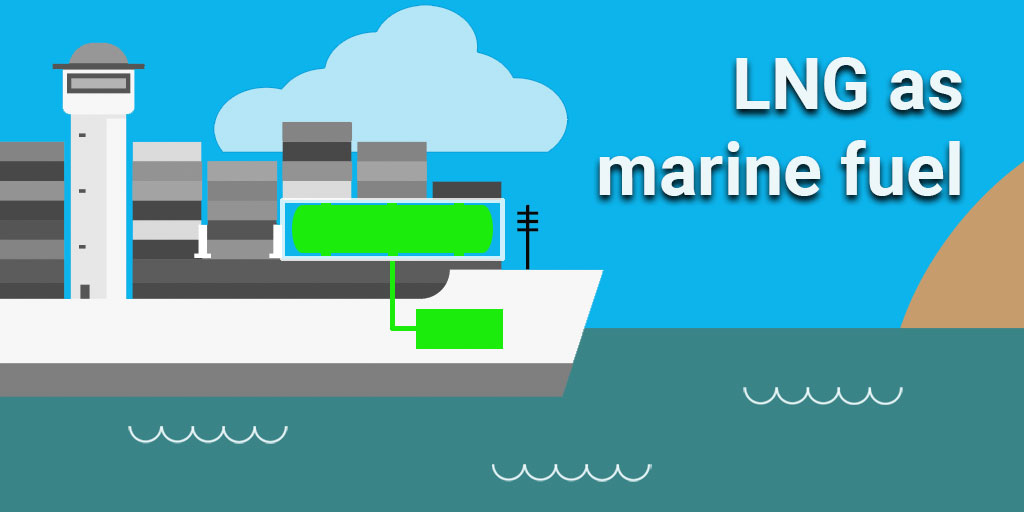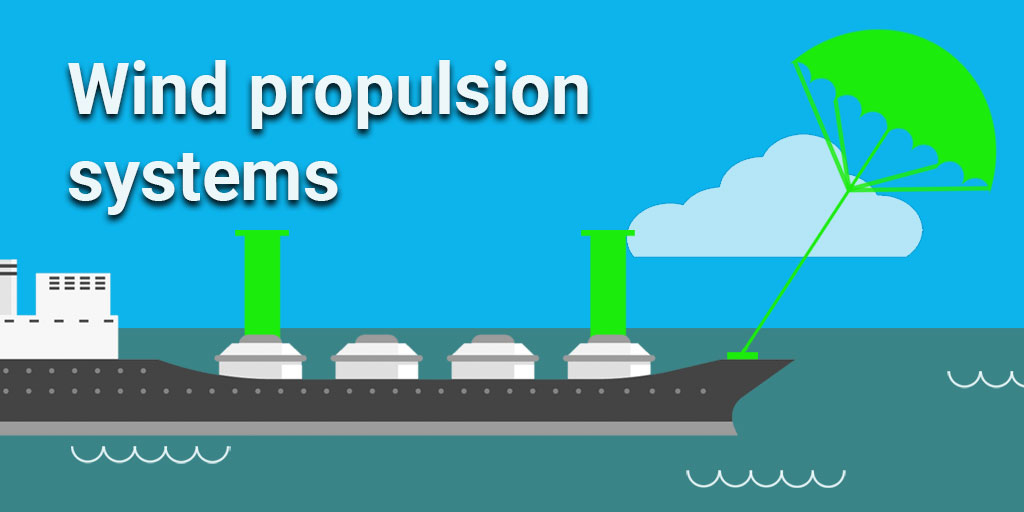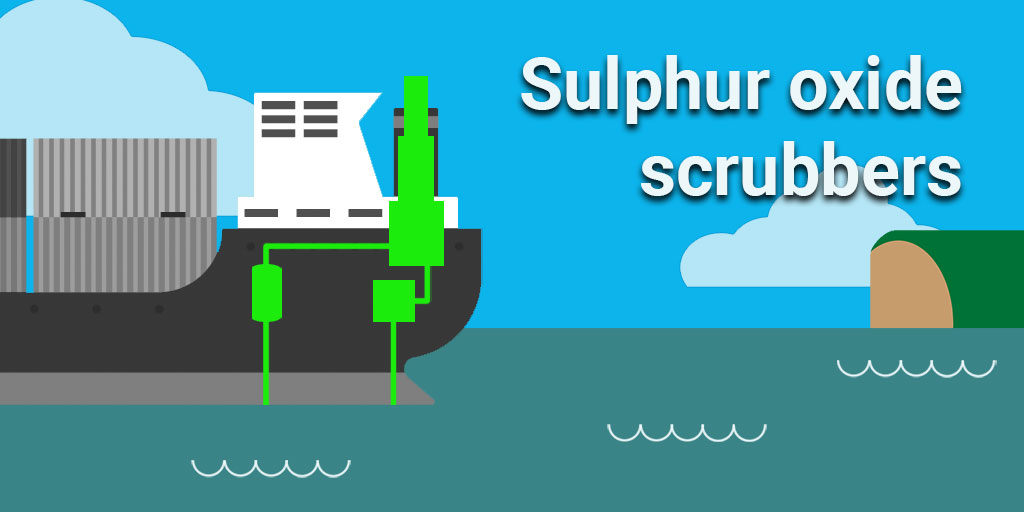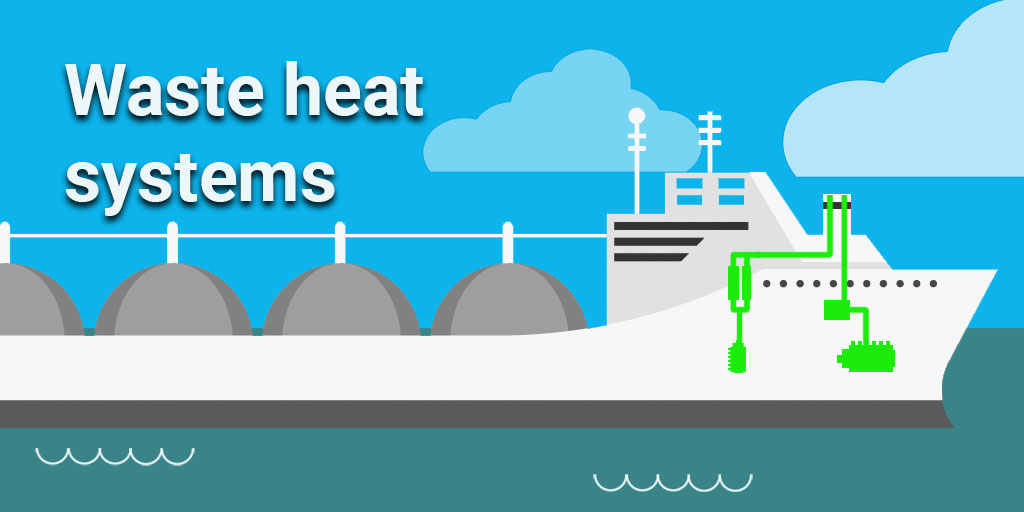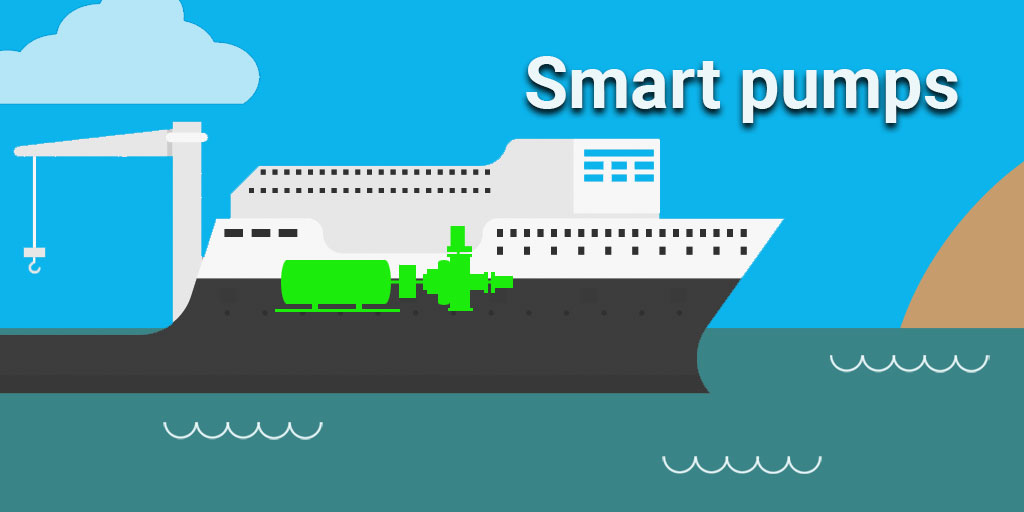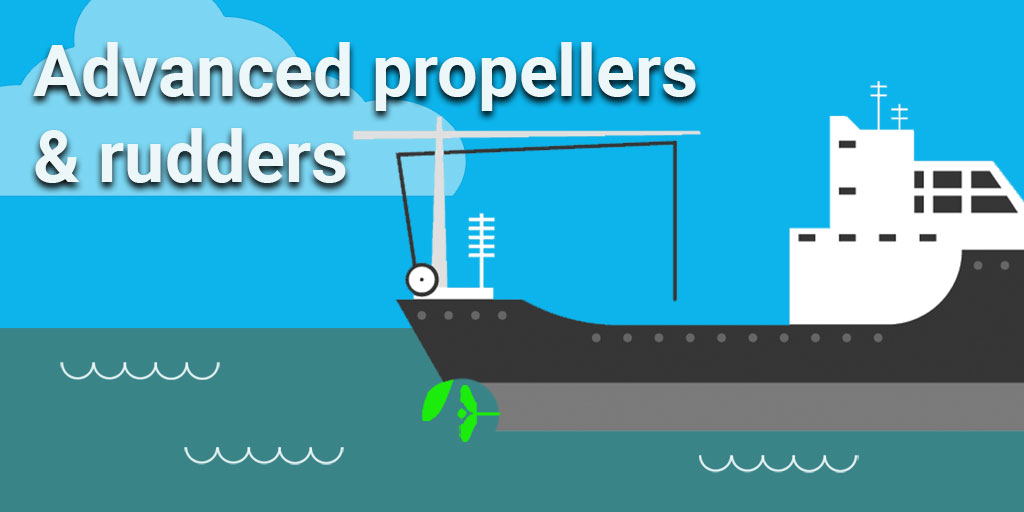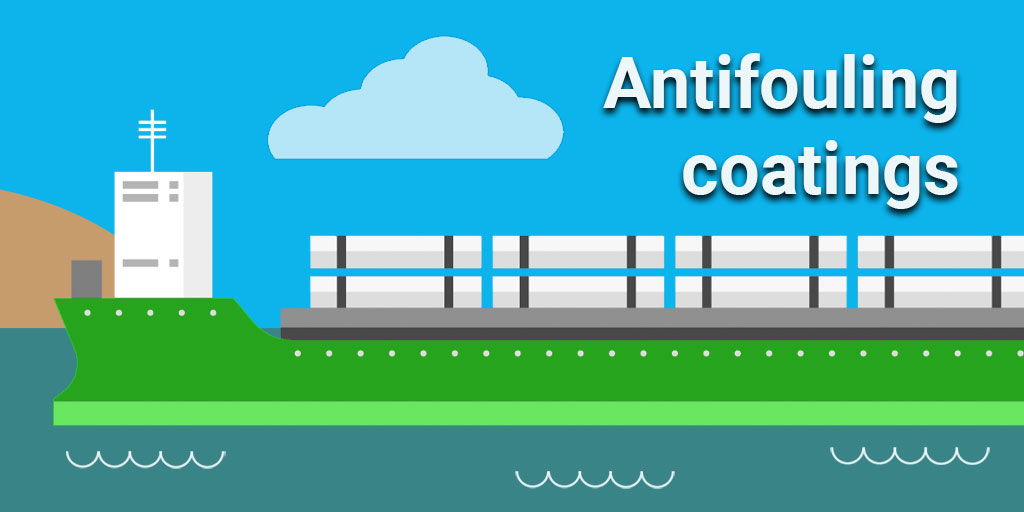9 green technologies for the fleet of the future

As financial, regulatory and societal pressures have (and will continue to) put pressure on the maritime industry to “go green” - and with the 2020 Sulphur Cap coming into effect in less than a year - the industry has been brought to the forefront of implementing cleaner and more efficient technologies.
Viability is always key to the designing and implementing new technologies, particularly within the maritime industry. The operational profile and operational area of any two vessels can vary quite dramatically, hence the feasibility of certain technologies will often differ from business to business.
While there are many examples of green ship designs for the future, and a few that are already being built, many ship owners and operators will look to phase out their current fleet. But before that can happen, owners and operators need to ensure their existing fleet significantly reduces its sulphur oxide emissions ahead of the impending 2020 Sulphur Cap.
Below we look at 9 green technologies which could be applied to existing vessels to reduce sulphur oxide emissions and improve their carbon footprint.
A fuel cell utilizes the basic electrolytic properties of oxygen and hydrogen molecules to produce electricity – and this power will be continuous if oxygen and hydrogen flows. What makes this so unique? The cell does not degenerate over time and the only waste by-product produced by this system is water.
Benefit?
- Fuel Cell technology is highly efficient and can eliminate pollution
Barrier?
- Currently not cost effective,
- Still some advancement required
Want to know more about Fuel Cells? Join us at GST Europe for this panel discussion.
Solar panels can be used to power an electric propulsion engine or auxiliary ship systems – they can also generate heat for various ship systems. Naturally, deck space is an important consideration to providing energy.
Benefit?
- Solar panels can reduce total fuel consumption between 1-3,5%
Barrier?
- Efficiency is weather dependent,
- Solar panels require lots of space to be effective,
- Energy storage can be costly
Interested in Solar Panels? You might find this session at GST Europe of interest.
Thanks to low-cost production in the US, and rising demand, Liquid Natural Gas (LNG) production continues to ramp up around the world and natural gas is being used to offset more carbon intensive fuels. Using LNG to power propulsion (and auxiliary engines) instead of heavy fuel oil or the lighter marine gasoil can reduce polluting emissions.
Benefit?
- Nitrogen oxides and sulphur oxides can be reduced by 90-95%, according to industry estimates. The lower carbon content of LNG also enables a 20-25% reduction of CO2 emissions.
Barrier?
- Secure space required for storage on-board,
- Terminals may have availability of LNG, but few have infrastructure to transfer LNG to vessels,
- Emissions of unburnt methane at lower engine loads can be significant
Why not visit GST Europe for this session on green technologies improving the carbon footprint of shipping.
Wind technologies might not be the most reliable power source, but they can be used in conjunction with the main propulsion system to be more effective. Wind propulsion mechanisms essentially provide an auxiliary power option, reducing fuel consumption.
Benefit?
- Retrofitting vessels with wind propulsion technology could potentially deliver 10-30% fuel savings
Barrier?
- Initial setup costs could be expensive,
- Effectiveness would weather dependent
Want to know more about wind propulsion? You might find this session at GST Europe of interest.
SOx scrubber systems, or ‘scrubbers’, are devices installed in the exhaust system of a ship that clean exhaust gas. They work by passing the dirty exhaust gas stream through several chambers of ‘scrubbing cloud’ water which catch the errant particles in the process stream. Wet scrubbers are widely recognised as the being the most efficient and effective variety.
Benefit?
- Scrubbers can bring SOx emissions down to the strictest future (2020 global 0,5%) and ECA (0,1%) requirements.
- Vessels can operate on HFO which is widely available and relatively inexpensive.
Barrier?
- Space required to retrofit scrubber system,
- Significant investment could be required pending varying factors
Interested in the viability of scrubbers? Join us at GST Europe for this panel discussion.
Waste heat recovery and utilization is big potential area to improve a ship’s overall energy efficiency. 40-60% of fuel energy dissipates into the environment as waste heat energy. Currently, waste heat is utilized for select heating purposes but is not necessarily efficient. The difficulty is that heat generation rarely matches heat consumption. Thermal energy storage is one of the ways to potentially handle this mismatch, as it allows the thermal energy to be converted to electrical energy and stored. Residual heat can be used services on the ship such as hot water or steam.
Benefit?
- Potential reduction of between 3-8% of main engine fuel consumption
Barrier?
- Requires space on vessel,
- High initial investment and maintenance requirements
Want to know more about this Waste Heat Systems ? Why not visit GST Europe for this session.
Sea water cooling system controllers manage the sea water cooling system’s pumps and electric motors. The controller works with frequency controllers to regulate the system speed and pump flow based on a pre-set cooling temperature. These intelligent controllers are designed to maximize pumping efficiency and increase the effective lifetime of related parts while lowering operating and maintenance costs.
Benefit?
- Sea water cooling system controllers can provide energy savings of up to 80% and maintenance savings of up to 50%
Barrier?
- Potentially high initial investment
Modern propeller design has become highly efficient. Some designs focus on smooth and easy maneuverability, while others concentrate on avoiding vibration or reducing rotational losses to increase efficiency. With that, rudder bulbs create a smoother slipstream from the propeller to the rudder – pending the vessel and design. With an asymmetric rudder, the rotational energy from the propeller is utilised more efficiently compared to a conventional rudder.
Benefit?
- Approx. 4% fuel oil consumption saving with a well-designed, and maintained, propeller and rudder system. This can also bring fuel savings, thus reducing CO2 emissions.
Barrier?
- Retrofit could be expensive,
- Dry dock time could be significant
Want to know more about advanced propellers and rudders? You might find this session at GST Europe of value.
Marine biofouling can be defined as the undesired growth of microorganisms, plants and animals on immersed artificial structures (such as ships’ hulls, seawater intakes, etc). Antifouling coatings are specialized paints that can be applied to the ship’s hull to slow the marine growth and act as a barrier against corrosion.
Benefit?
- Antifouling paints are recognised as an effective tool in enhancing energy efficiency and reducing emissions.
Barrier?
- Biocides in antifouling paints can potentially not only affect the fouling organism, but other marine life too
- The cost of docking and repainting increases with the size of the ship
Interested in antifouling coatings? You might find this session at GST Europe of value.
Is there anything you believe we may have missed? Get in touch with us on Facebook or Twitter and let us know.
Keep your finger on the pulse with solutions to decarbonise the shipping industry and minimise its environmental impact. Book your seat for Green Ship Technology in Copenhagen, Denmark.
